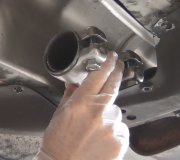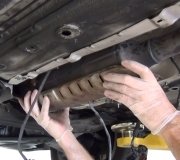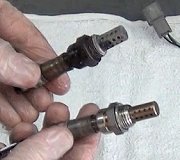For Mass Air Flow sensor codes you should be looking for a dirty throttle body. Root cause for a dirty thottle body is a plugged up PCV system. If the PCV system is really bad they cause the turbos to leak internally and could explain why your vehicle is smoking. To properly diagnose the PCV system you need a special gage you insert in the oil dipstick tube.
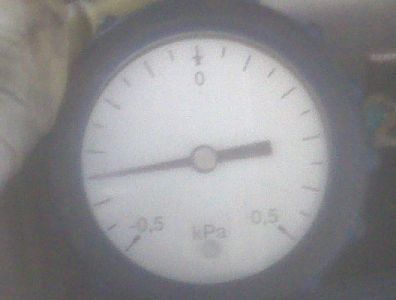
The values are in the negative side so this indicates the PCV is not plugged up. The lower the value the better. If at 0 or on the plus side, it is restricted. When restricted you need to replace the oil trap box and clean out the banjo hose.
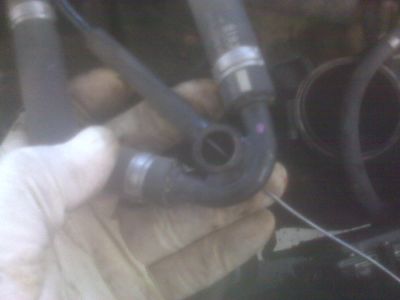
Here I am cleaning one out.
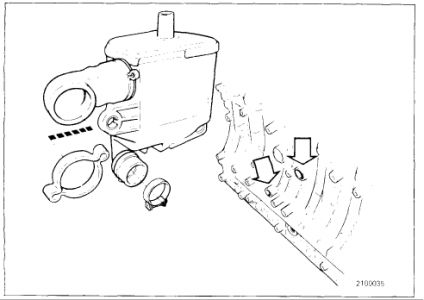
Here is a diagram of the oil trap box.
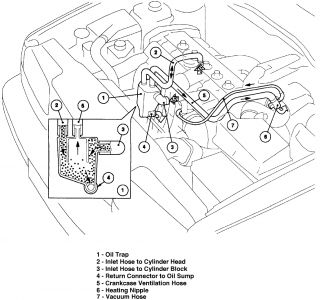
Here is a basic explanation on the PCV system.
CRANKCASE VENTILATION
Crankcase gases are removed from the cylinder block (and cylinder head to an extent) to an oil trap (1) where oil is separated from the crankcase gases and returned to the oil sump. The hose to the cylinder head equalizes differences in pressure between the upper and lower parts of the engine.
When there is little load on the engine or when it is idling there is no under-pressure in the fresh air hose and only a small quantity of crankcase gases are formed. Because of this a vacuum hose (7), to lead crankcase gases directly to the intake manifold at low loads, goes from the heating nipple to a calibrated intake downstream of the throttle.
The heating nipple is calibrated to provide a controlled flow of crankcase gases. Power to the PTC type nipple is supplied by the engine management system main relay and prevents water vapor in the crankcase gases from freezing in the fresh air intake hose at low temperatures.
The PTC nipple temperature stabilizes at approximately 80 °C (176 °F) as soon as the engine is started.
So before you spend any more money you should have it properly diagnose.
Hope this info helps and if you have any other questions, let me know.
Tuesday, October 12th, 2010 AT 12:01 AM




